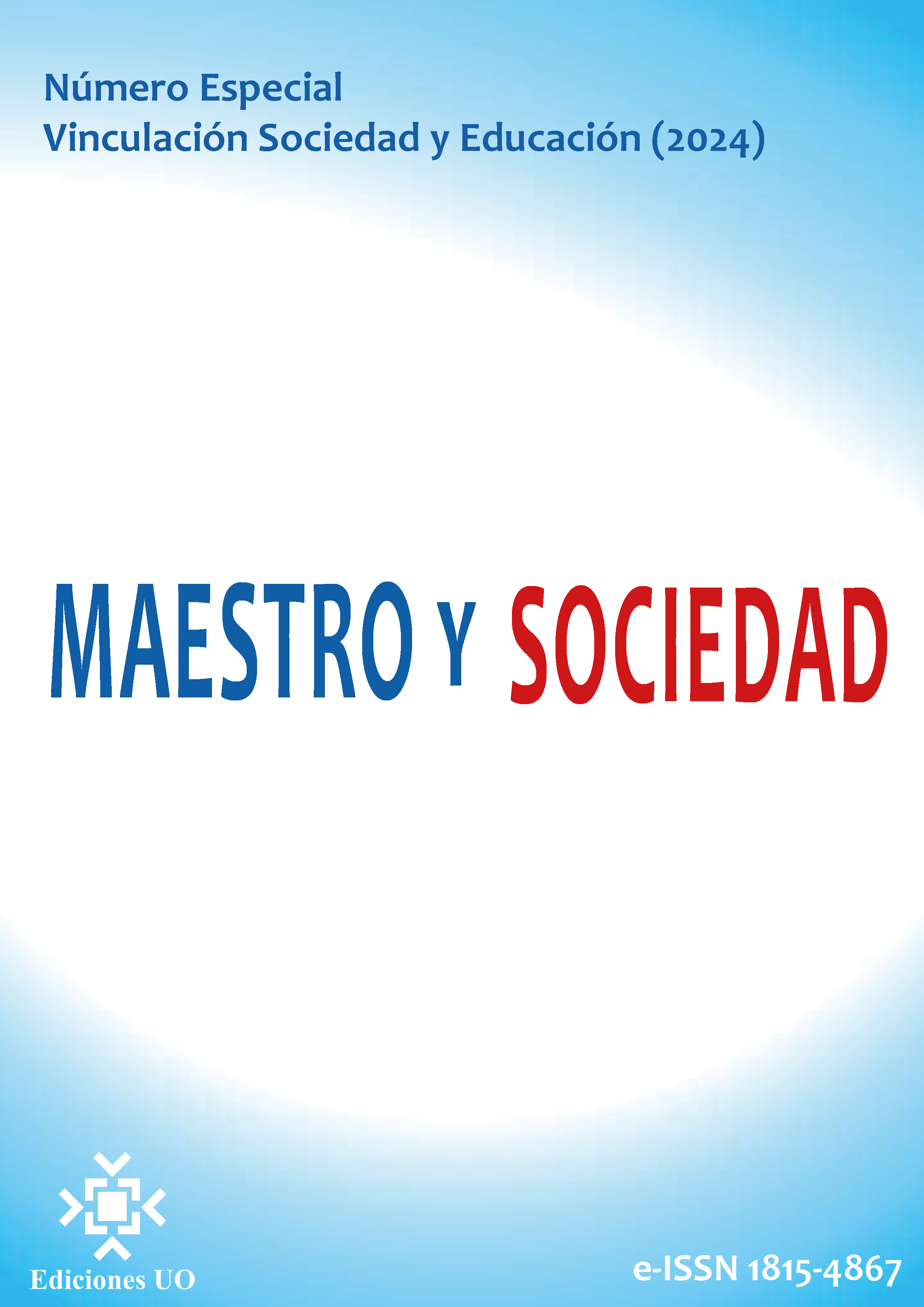Ex situ conservation of the Oca Oxalis tuberosa culture in the Cariamanga–Loja parish
Keywords:
Agrobiodiversity, oca, Native crops, Conservation, Food SecurityAbstract
Introduction: The research project called “Ex situ conservation of the culture of the goose Oxalis tuberosa in the Cariamanga–Loja parish” is currently carrying out its activities in two specific areas: (1) the consolidation of the base germplasm collection and (2) ) the implementation of the agrobiodiversity ethnobotanical garden. In October 2022, the project activities begin and with respect to the first area, it has been possible to build and organize a database with the accessions present in the conservation area. The official donation of the goose accessions from the Yachay Botanical Garden. Materials and methods: Currently there are 19 accessions of which 18 accessions are of pure origin, where 50% of the accessions have managed to adapt to the soil and climate conditions of Cariamanga. Results: Regarding the second area, it was proposed to improve the conservation strategies of the agrobiodiversity of the goose, through the establishment of the ethnobotanical garden, for this, precultural and cultural work has been carried out. Discussion: The ethnobotanical garden is distributed over an area of 200 m2 and contains 96 furrows (each furrow is 5 m x 0.50 m); It is expected to achieve a collection of living germplasm with at least 36 goose accessions. Finally, for environmental education on the topic of agrobiodiversity, work is being done on the design of signage and labeling of the accessions present. Conclusions: 50% of the accessions have managed to adapt to the soil and climate conditions of Cariamanga. There was participation and cooperation on the part of the students of the Agroecology degree in the project. Accessions from different provinces of Ecuador such as Chimborazo, Imbabura, Pichincha and Loja were used.
References
Abrigo, P. (2012). Los cultivos autóctonos en el sector de tuncarta del cantón saraguro y su perspectiva de rescate como aporte al desarrollo comunitario. Tésis Mgs. Loja, Ec., Universidad Nacional de Loja. Área Jurídica, Social y Administrativa.
Abrigo, P. (2016). La fertilización orgánica del melloco (Ullucus tuberosus L.) y su rentabilidad en la comunidad de Tuncarta. INNOVA Research Journal, 1(12).
Cortés, H. (1981). Alcances de la investigación en tres tubérculos andinos, oca, olluco y mashwa, Isaño o añu. En Curso sobre manejo de la producción agraria en Laderas, Huaraz. Ministerio de Agricultura-IICA. Serie Estudios Técnicos,
Donoso, C. y Villegas E. (2018). Estudio de la oca y su uso en repostería. Universidad de Guayaquil .
Erazo, S. (2015). El poco aprovechamiento que se le da a la oca en manpostería. Ecuador.
GRUPO SEMILLAS. (2018). Producción y conservación de semillas nativas de buena calidad y sanidad. Heks eper.
Published
How to Cite
Issue
Section
License
Copyright (c) 2024 Pablo Antonio Abrigo Córdova, Alex Roberto Cabrera Carpio

This work is licensed under a Creative Commons Attribution-NonCommercial-NoDerivatives 4.0 International License.
This journal provides immediate open access to its content, based on the principle that offering the public free access to research helps a greater global exchange of knowledge. Each author is responsible for the content of each of their articles.



























 Universidad de Oriente
Universidad de Oriente 